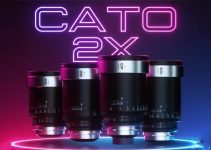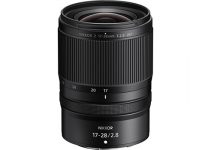Apple just wrapped up their Special Event at which the new Apple Watch Series 2 and new iPhone 7/7 Plus were unveiled to the world. Smart phones, and in particular the iPhone’s staggeringly good photo taking ability, are often credited as “the thing that killed the Point & Shoot cameras”, and with the latest camera upgrade in the new iPhone 7 and double-whammy upgrade in the bigger 7 Plus version, Apple have again set their sights in changing the way regular folks and even some pro’s take photographs. Unlike the previous generation iPhone, this time around both the iPhone 7 and the 7 Plus get optical image stabilisation. As for many of you, for me personally, the newly re-engineered 12 Megapixel rear camera in the iPhone 7 and 7 Plus is the biggest and best upgrade in the new models as they all users to capture even more stunning photos and 4K videos. And while 4K video recording remains the same as in last year’s models, the new 12 megapixel camera is about to give some DSLRs a run for their money.
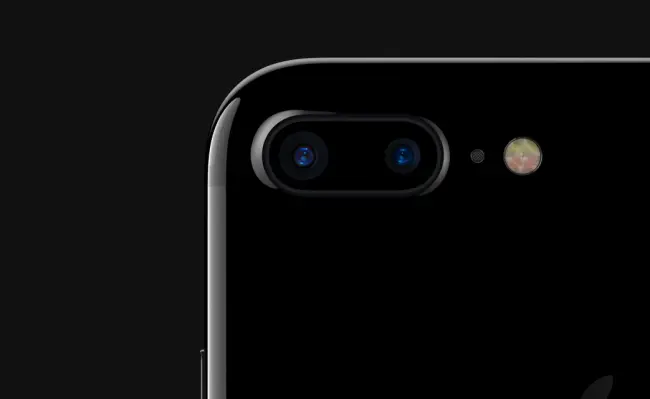
Apart from optical image stabilisation in both models, the new camera also gets a wider f/1.8 aperture (from the f/2.8 on the previous model), and a six-element lens to make it even better for shooting photos and videos in low light. Another big new feature here is the support for what Apple calls “wide colour capture” (that’s support for DCI-P3 colour space) to make your photos, videos, and Live Photos look even more vibrant. The new 12 megapixel sensor is also 60% faster, and 30% more energy efficient compared to the previous generation imaging device.
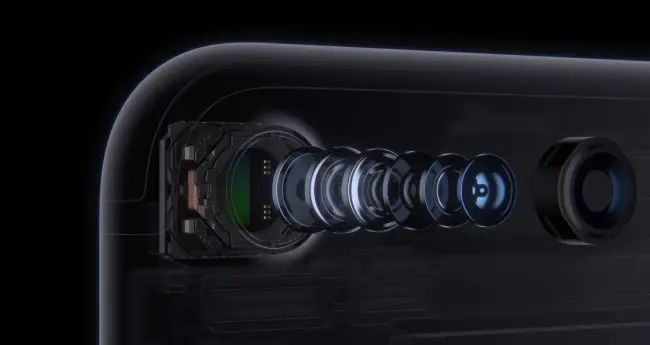
The support for DCI-P3 in-camera, has a huge potential for 4K videos, as we’ve already seen award-winning features like “Tangerine” shot on iPhones. The DCI-P3 colour space features a color gamut that is much wider than sRGB and is a standard for cinema projection. It offers 100% RGB coverage.
The TruTone LED flash also spits out 50% more light and something very smart called “flicker sensor” is included – it has the ability to read the flickering of artificial lighting compensates for it; it works in both videos and stills. The front facing camera has been upped to 7 Megapixels from 5 as well, to benefit those who frequently use FaceTime or take lots of “selfies”.
The even bigger change is with the 5.5-inch iPhone 7 Plus, which now has 2 x of the these 12MP cameras – with different optical elements to create one longer focal length (56mm equivalent) and one wider (28mm equivalent) as mimic even further similar performance that you’d get from a more traditional DSLR or mirrorless camera. At least that’s what Apple claims. The result – is shallower depth of field and an optical zoom up to 2x with no loss of quality. After 2x optical zoom, the camera pushes digitally – at 5x and even 10x zoom at which point you’ll see a drop in quality.
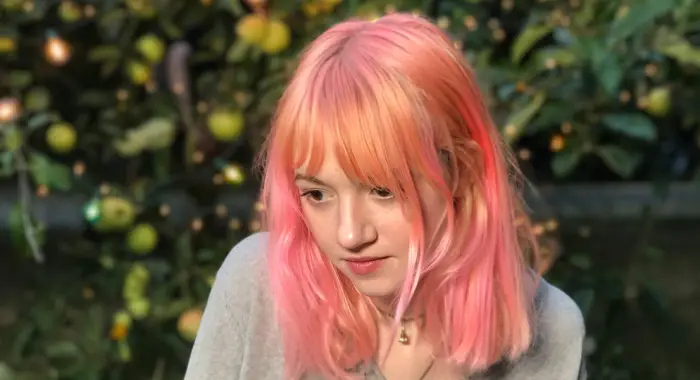
The depth of field simulation (as demonstrated in the photo above, taken via an iPhone 7 Plus) shows up as Portrait Mode in the Camera app and will be available later in the year as a free firmware update to iPhone 7 Plus users.
Depth of field allows you to keep faces sharp while creating a blurred effect in the background. When you take a shot with iPhone 7 Plus, the dual-camera system uses both cameras and advanced machine learning to make your subject sharp while creating the same out-of-focus blur in the background — known as the bokeh effect — previously reserved for DSLR cameras. So no matter what’s behind your subject, it’s easy to create a great portrait.
Apple iPhone 7 and 7 Plus Specs and Photo/Video Features
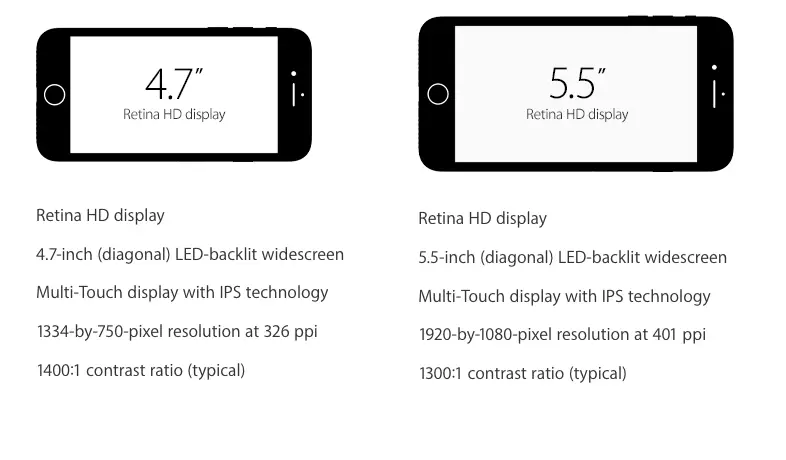
Both Models:
- Wide colour display (P3)
- 625 cd/m2 max brightness (typical)
- Dual-domain pixels for wide viewing angles
- Fingerprint-resistant oleophobic coating
- Support for display of multiple languages and characters simultaneously
- Display Zoom
- Reachability
Camera Details:
12 Megapixels
- Wide-angle: ƒ/1.8 aperture (iPhone 7 Plus)
- Telephoto: ƒ/2.8 aperture (iPhone 7 Plus)
- Optical zoom at 2x; digital zoom up to 10x
f/1.8 aperture – great for low light (iPhone 7, 7 Plus on Wide-Angle)
Digital zoom 5 x (iPhone 7)
Optical 2x (iPhone 7 Plus)
Both models share these camera specs:
- Optical image stabilization
- Six‑element lens
- Quad-LED True Tone flash
- Panorama (up to 63 megapixels)
- Sapphire crystal lens cover
- Backside illumination sensor
- Hybrid IR filter
- Autofocus with Focus Pixels
- Tap to focus with Focus Pixels
- Live Photos with stabilization
- Wide color capture for photos and Live Photos
- Improved local tone mapping
- Body and face detection
- Exposure control
- Noise reduction
- Auto HDR for photos
- Auto image stabilization
- Burst mode
- Timer mode
- Photo geotagging
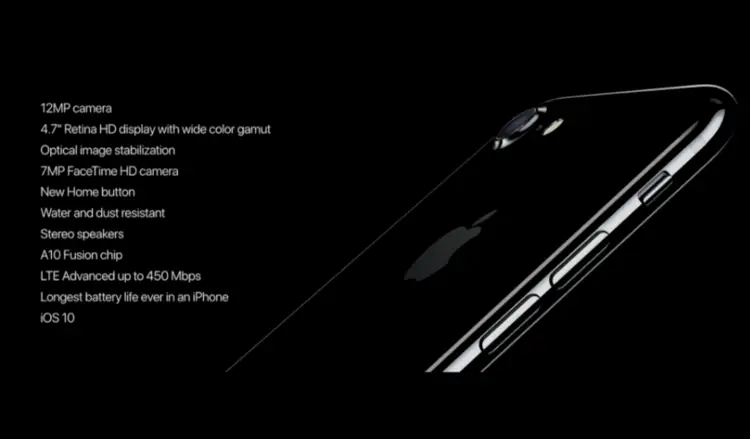
Apple iPhone 7 and 7 Plus Video Features
- 4K video recording at 30 fps
- 1080p HD video recording at 30 fps or 60 fps
- 720p HD video recording at 30 fps
- Optical image stabilization for video
- Optical zoom at 2x; 6x digital zoom (iPhone 7 Plus only)
- Quad-LED True Tone flash
- Slo‑mo video support for 1080p at 120 fps and 720p at 240 fps
- Time‑lapse video with stabilization
- Cinematic video stabilization (1080p and 720p)
- Continuous autofocus video
- Body and face detection
- Noise reduction
- Take 8-megapixel still photos while recording 4K video
- Playback zoom
- Video geotagging
Pre-orders for the new iPhone 7 models start this Friday, Sept 9th with phones shipping and officially open for sale a week from then – on September 16th.
Pricing:
- The bigger 5.5-inch iPhone 7 Plus will start at $769 (32 GB); then $869 for 128 GB and $969 for 256GB in the US.
- The 4.7-inch iPhone 7 – $649 for 32 GB and $849 for the biggest 256 GB capacity model.
[via Apple]
Disclaimer: As an Amazon Associate partner and participant in B&H and Adorama Affiliate programmes, we earn a small comission from each purchase made through the affiliate links listed above at no additional cost to you.



